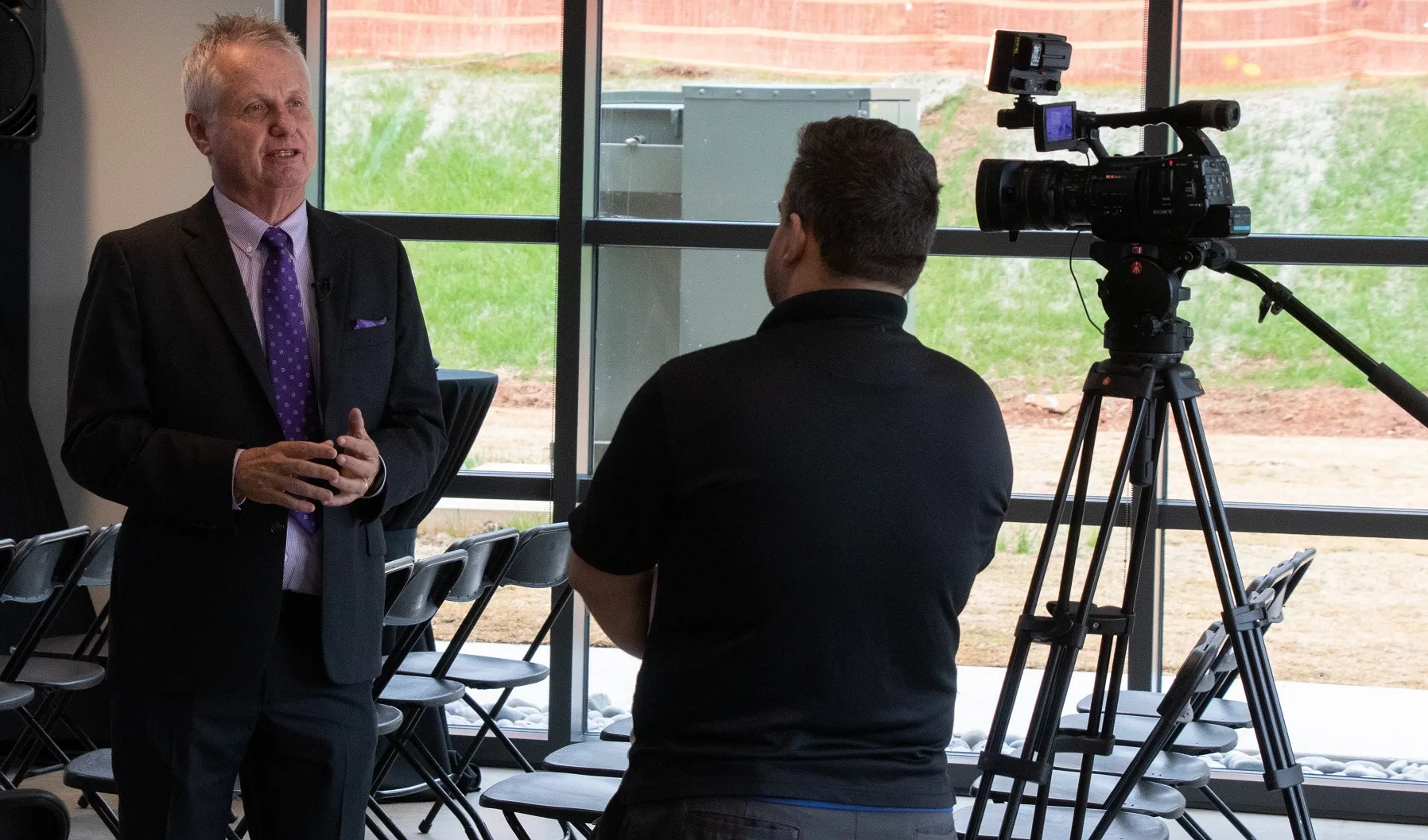
For the last century or so, from back when they both first met, there has been a potential problem wherever railway tracks cross over roads. In no particular order: signs, gates, lights and train horns have all been used to mitigate the risk, but time moves on.
Radar devices have long been used to detect traffic on streets alone, and now that technology has been brought to the places where tarmac and the iron road meet.
The Island Radar Vehicle Detection System is designed to ensure that everyone negotiates four-quadrant gate crossings - where four gates prevent access to the crossing from both sides of the track, in all lanes - safely.
“When four-quadrant gates are used, it makes sense to operate them in what the railroad industry calls ‘dynamic’ mode,” Michael Rose, Island Radar’s vice president, business development, tells ITS International. “This is where the entrance gates descend upon activation of the crossing by a train, thus preventing any further travel into the crossing island. Subsequently, the exit gates are driven down only when a vehicle detection system can confirm that no vehicles remain in the crossing island where they could be trapped when all four gates are in the lowered position.”

Island Radar, part of Wavetronix, needed approval for its technology from the Federal Rail Administration (FRA), the governing body for everything that is railroad in the US.
Dynamic solution
It all means that, when configured and operating in dynamic mode with the exit gate management system controllers, it allows for complete safe clearance. Island Radar president Bryan Jarrett explains: “We have two radar sensors looking at the same area of ground and there’s redundancy to verify that both are working correctly and if not you can default to a timed mode.”
The broad-zone detection offered by the opposing radar installation ensures that the system doesn’t miss anything, the firm says. Connected to the Island Radar VDR24 controller, typically mounted in the crossing bungalow, the system provides AREMA-compliant interface to virtually any type or vintage of crossing control circuitry.
“In the sensor itself, we have 16 separate beams and enough range resolution so you’ll detect a car,” Jarrett continues. “Radar simulates a little bit and goes up and down but we have enough coverage for an individual vehicle that we’re not going to miss it. And then, we have a controller that takes them to radar input, with independent processors and compares them. Those are all the things rolled into this FRA approval, this safety-based design. We detect if there’s a car in the zone, or a bicycle, or pedestrian, and if there is we send a call and hold that gate open so no-one gets trapped. And if there’s not, it allows the gate to come down sooner so you don’t have the opportunity for people to go around the gates.”
Island Radar is not actually involved in the management of potential incidents, but it allows other agencies – such as railway controllers – to see that there is a problem. “We enable the decision to raise or lower the gate. We detect something’s there and we let another device know,” Rose says. “The decision to act on what we find is really up to the operator to define what happens when we see something.”
The redundancy in the system means that the level of confidence in it is considerable. “I’m not going to say ‘perfection’,” adds Rose. “But it’s a very high-reliability safety case to be able to receive FRA approval.”
Four-quarter gate crossings are important in the US because of an increase in high-speed rail corridors. Island Radar is currently the approved system for the Florida corridor between Miami and Orlando, for example.
Whistle stop
This is also popular in cities which have a ‘quiet zone application’. Having a reliable system to ensure crossing safety means that freight trains do not have to provide audible warnings in the early hours. “The train can go through without waking up every house along the railroad at four in the morning because it has to blow the whistle,” Rose points out.
Another area on which the company is focused is blocked lines. “There is a need to be able to provide better dissemination of information when a train is blocking a crossing,” he suggests.

The terminology is important here: ‘obstructed’ means that something foreign - whether it’s a vehicle, a bicycle or an individual - is on a track; ‘blocked’ means that the passage of a freight train is completely blocking a road – something that can take time. Waiting for them to pass can be frustrating for drivers, so flagging this up is an important part of traffic management. “It’s not as much a safety case as much as it is an efficiency model,” says Rose. “To be able to provide advanced traveller information upstream of where that crossing is, so that a driver can make an appropriate decision.”
The Island Radar Blocked Crossing Detection system alerts an advanced traveller information system to activate message signs in advance of the crossing, allowing traffic operations centres and motorists to update their routes and eliminate unexpected delays. Rather than reaching the railtrack and seeing the blockage, it would help if the driver can get the information when they are still five minutes away. “If you’re going to turn around, that’s a 10-minute decision,” Rose points out. “If you’ve only allowed yourself 10 minutes of extra time to get to work, you’ve just lost it in going down to the track, seeing it’s blocked and turning around and going back to make an alternate choice.”
And of course, that sort of information becomes potentially life-saving when the vehicle in question is an ambulance or police car.
Business expansion
The company has had one installed in Agawam, Massachusetts, for more than a year, which sends notifications to multiple sign locations for driver notification. “I think they alert nine separate signs on that one detection,” says Rose. “So it is just another form of advanced traveller information using detection, to allow efficient decisions to be made, and efficient driver decisions. We believe the potential is large, to benefit municipalities to be able to solve this problem without going to the railroad. They need somebody to be able to do it accurately and effectively, and that’s us.”
As connected vehicles become more widely-deployed, there may be even more scope to use technology such as Island Radar’s to disseminate vital information about road/rail crossings. “Not currently, that would be an upgrade,” Jarrett explains. “But we always look at things like that, sure. With connected cars the value-add is we could know exactly where the cars are, even before they are maybe in our footprint. You can probably know where they’re going too. So there’s a lot of data there, which just makes it a richer dataset for us. We don’t have a means of collecting that yet.”
In terms of expanding its own business, Island is currently focused on the US market but sees Canada as a logical next step. “Absolutely,” says Rose. “I think the opportunity for us is to stay close to home to prove this system first before we continue on. We know there’s opportunity in every corner of the globe where trains and cars meet. And we could spend a lot of time and energy chasing our tail, flying over every opportunity underneath us to go chase one opportunity in some faraway location. So for us, the economy of scale is to prove it here and then take it on the road.”
Ultimately, the company’s work is really about one thing. “We’re trying to enable good decision-making,” Rose concludes. “Accurate detection leads to good decisions - and good decisions lead to the efficient movement and the safe movement of travellers and trains.”










